Left to right, top to bottom – Mars: 30 exposures taken on January 18, 2023 from 00:48:37 to 00:59:21 UTC; Jupiter: 30 exposures take on January 22, 2023 from 00:56:02 to 01:01:18 UTC; Uranus: 90 exposures taken January 20, 2023 from 00:56:06 to 01:02:03 UTC; Neptune: 30 exposures taken on January 13, 2023 from 00:54:40 to 01:01:14 UTC; all exposures were taken by PROMPT5 optical telescope in Cerro Tololo Inter-American Observatory, Chile.
About the Images
Overview
Each image is a stack of 30 to 90 individual images computationally aligned in the software Afterglow. These images were taken by the optical telescope PROMPT5 in the red, green, and blue spectra and then combined to form a complete color images above. The images were further adjusted and calibrated to bring out the true colors of the planets. Additionally, the exposure of select images were digitally enhanced to highlight to planet’s moon’s; those images are featured below.
The Red One
Mars is incredibly bright, which poses a challenge when imaging it with exposure durations, because the image could become overexposed and the resulting image undesirable. As such, as well as for an accurate color image, it was important to choose filters that would reliably combine the colors in the stacking process. For this reason, two distinct narrowband filters and one regular filter were chosen as approximate red, green, and blue values (RGB). For more information about narrowband filters, please see the Better in Color section from the post about Earth’s moon. The H Alpha filter was used to approximate red, the OIII filter was used to approximate green, and the U filter was used to approximate blue.
In the interest of demonstration, below are the three digitally tinted single-color images after alignment and stacking in the astrophotography software Afterglow; all ten exposures of each image were taken for the duration of the exposure time and through the filter indicated below each. To be clear, each image below was tinted these colors in Afterglow, as the telescope cannot return the images in color; this was done by matching the intensity of the colored light coming into the telescope to the intensity of the respective RGB values.
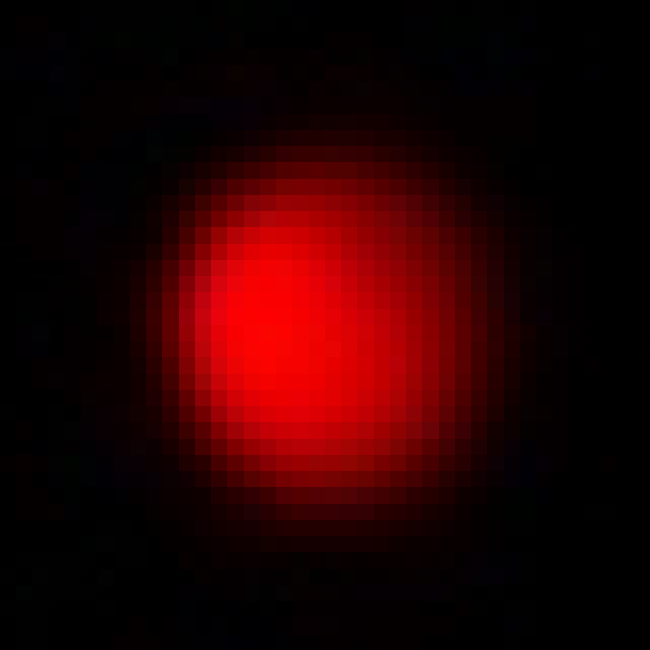
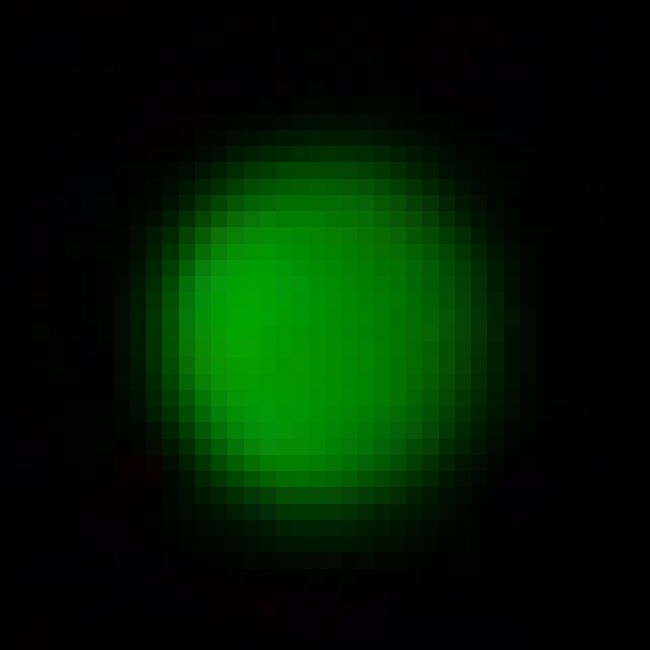
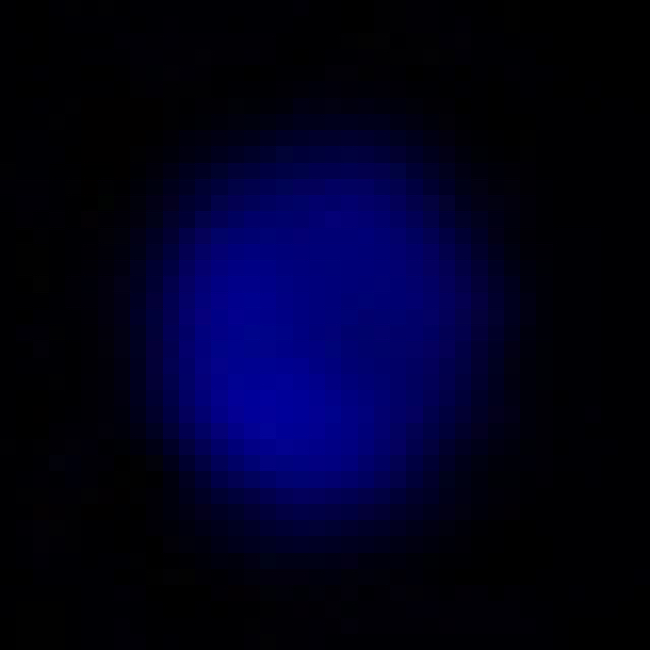
The initial result of the image composite returned a pale yellow and blue image that was fairly unconvincing. This was due to how Afterglow links colors and layers: layer colors can be linked with percentile values, where the software’s objective is to make the the highest composite pixel value approach white, or colors can be linked with pixel values, in which the composite pixels blend more discretely. Compositing with percentile values is useful for bright objects like stars where the brightest light being emitted is practically always white, but for a non-white object like Mars that simply appears very bright in the sky, it is less useful. Below are two instances of the same subject: on the left is the subject as composited with percentile values, and the right image has the subject composited using pixel values. For an image with no background stars to calibrate against, color here has no guarantee of accuracy, so the question of which image is more representative of Mars is left to the preference of the reader. Mars is, of course, visibly red, as reflected in the right image: this red color comes from the large amounts of iron oxide in the soil, and the bluish slivers at the top and bottom of the right image are the polar caps of white ice.
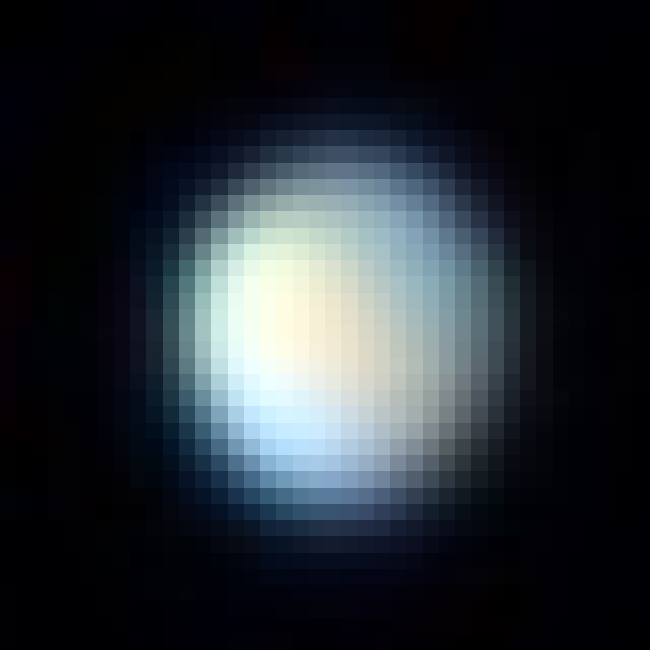
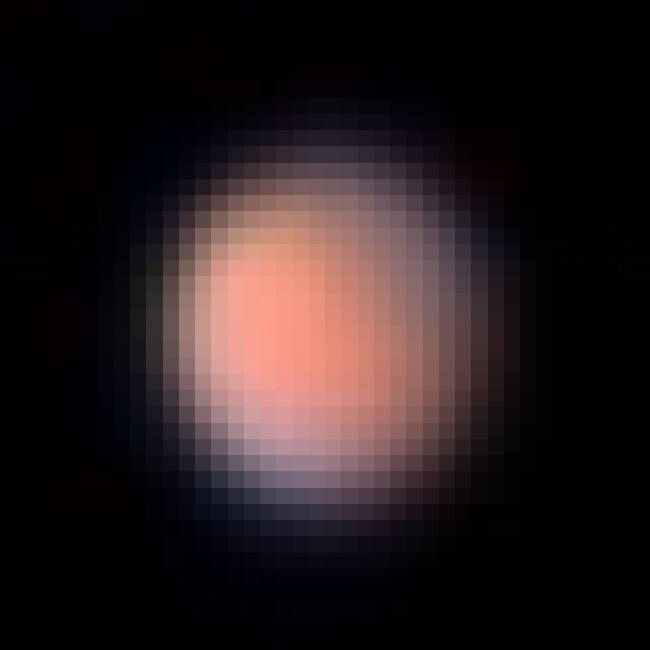
The Big One
Jupiter is also incredibly bright, so all of the same filters were used, but the exposure lengths were increased to account for the increased distance of the object being observed compared to Mars. Below again are the RGB components of the image, aligned, stacked, and tinted in Afterglow.
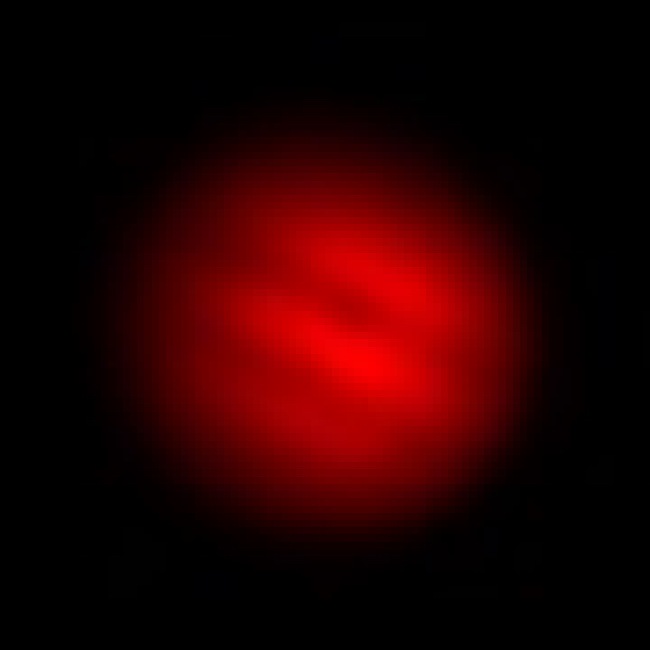
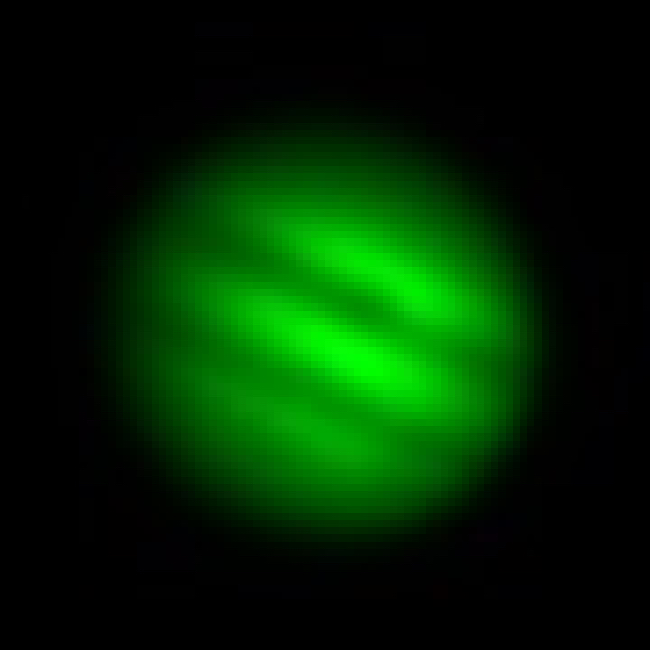
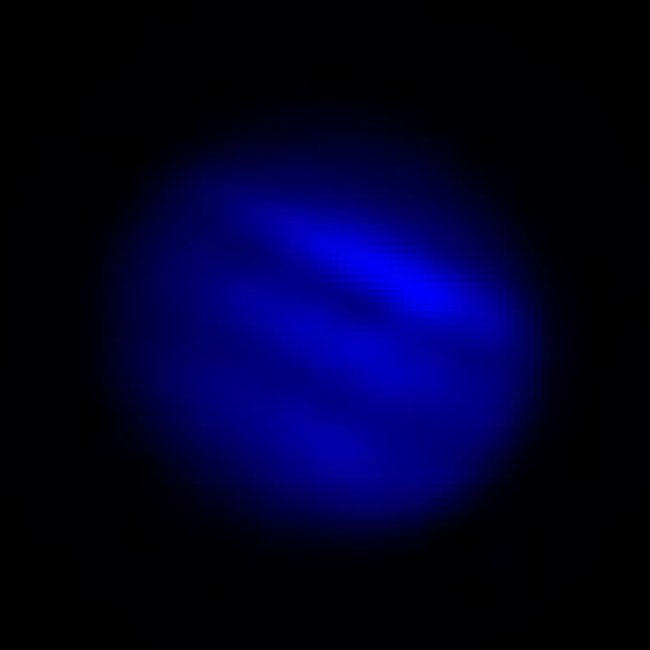
Fortunately, since Jupiter does contain bands of white, linking the color layers using percentile values that tend towards white will be perfect; below is the final composited image. The yellow color comes from the ammonia (NH3) ice in the clouds, while the brown color comes from ammonia hydrosulfide ((NH₄)HS) ice in the clouds; the white color comes from water ice in the clouds.
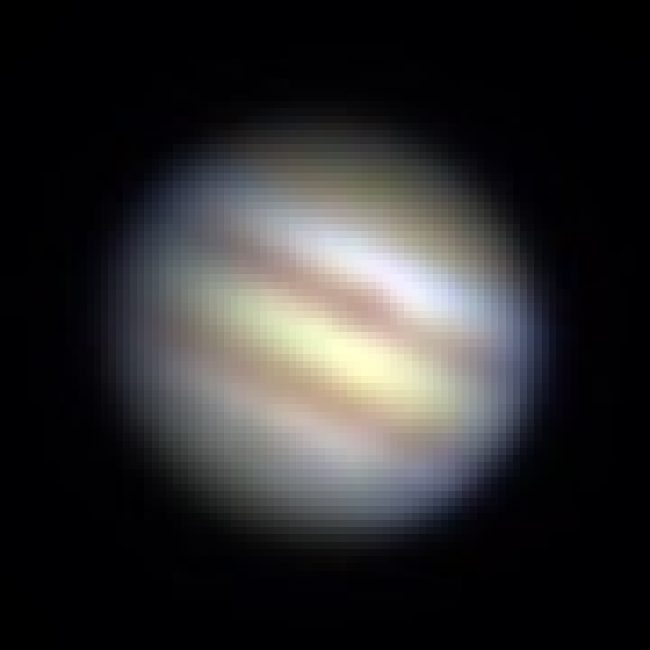
The Sideways One
Uranus, while still relatively bright, is not so bright as to require the narrowband filters, so regular B, V, and R filters were sufficient for the exposures. B and R are of course blue and red filters, and as well, the “V” in “V filter” stands for “visible,” as in the middle of the visible spectrum, which is around what one may consider green. Combined, the images form the RGB components of shown below, as always, aligned, stacked, and tinted in Afterglow.
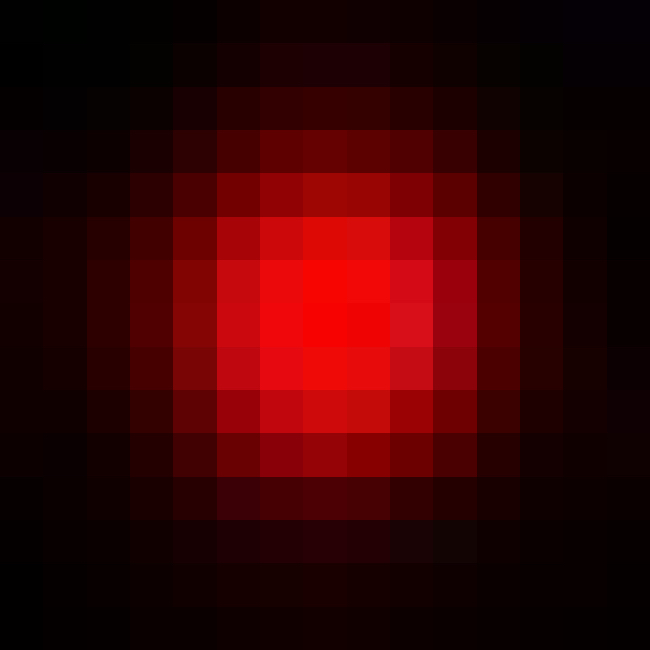
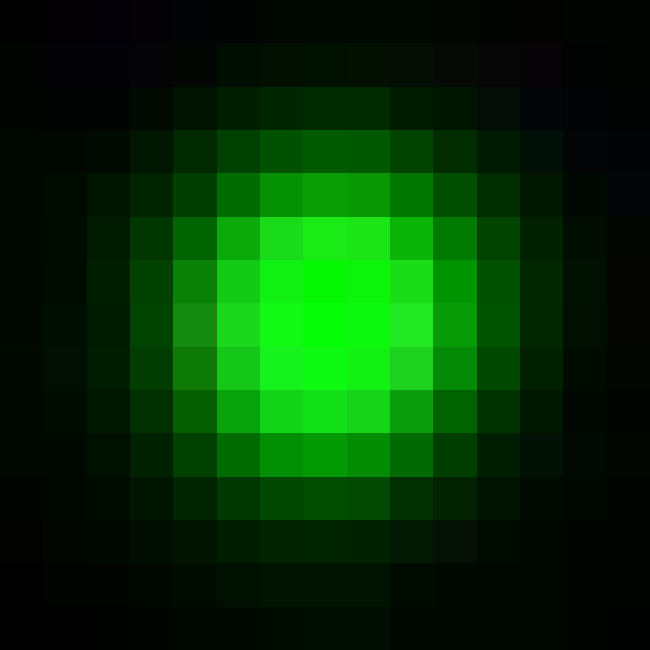
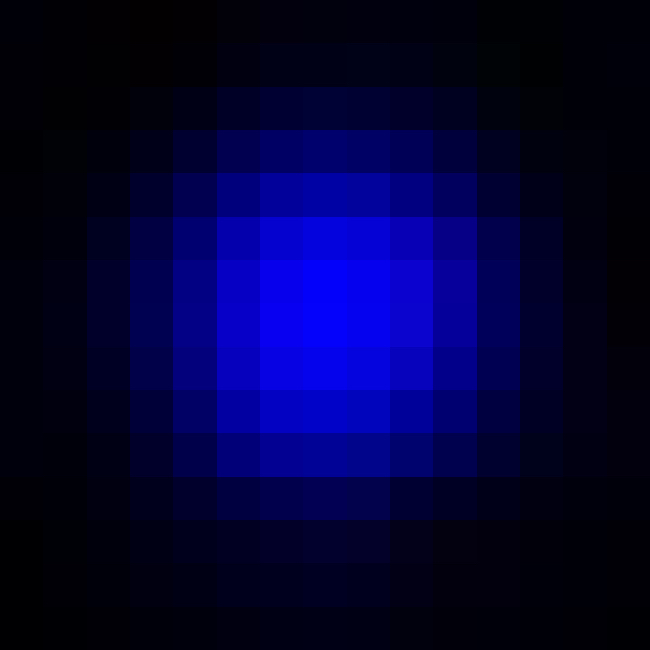
Admittedly, the components look very unremarkable as pixelated splotches of color, however, put together they create an image of relatively more interest. Because Uranus is further away and dimmer than Jupiter, the telescope can actually detect field stars far behind the planet that can be used to color calibrate the image. Using a World Coordinate System (WCS) calibration tool built into Afterglow, the software can determine which pattern of stars in an extensive archival database match the pattern of stars seen in the image. The database also contains information about stars’ colors and brightnesses, so by tuning the image to those field stars so that their appearances are accurately reflected in the image, the subject of the image becomes accurately colored as well. Below are two instances of the unedited images of Uranus composited in Afterglow; they are both heavily exposed so as the reveal the field stars. On the left is the unedited image, and on the right is more compressed version of the same image except that Afterglow has placed markers over every instance of an object it determines is a source of light.
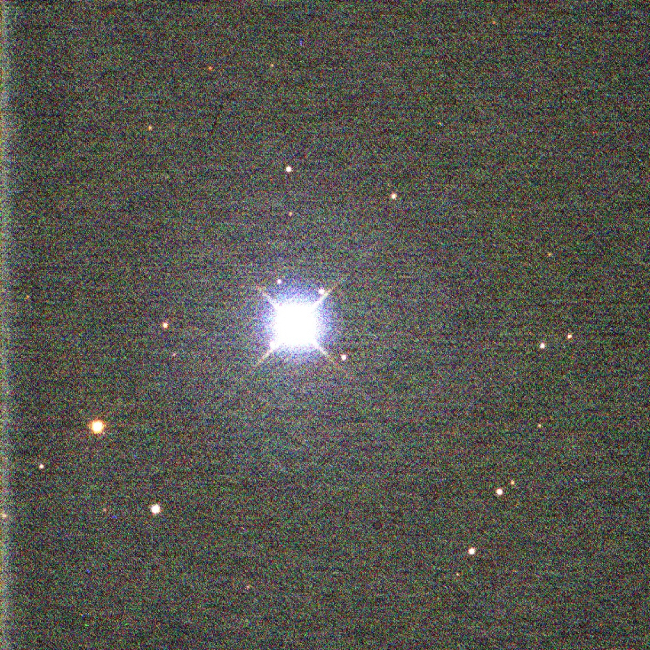
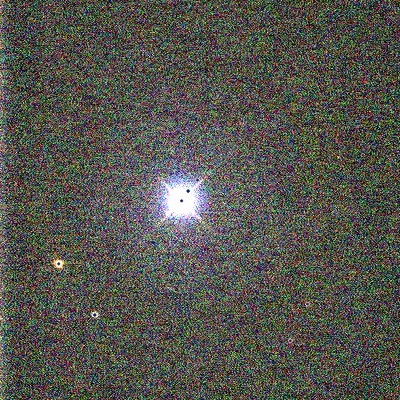
The calibration tool works remarkably well, and with some adjustments to the image’s exposure, the planet is revealed. It’s faintly visible in this image, but Uranus’s blue-green color comes from methane (CH₄) ice in its atmosphere that has been obscured by haze.
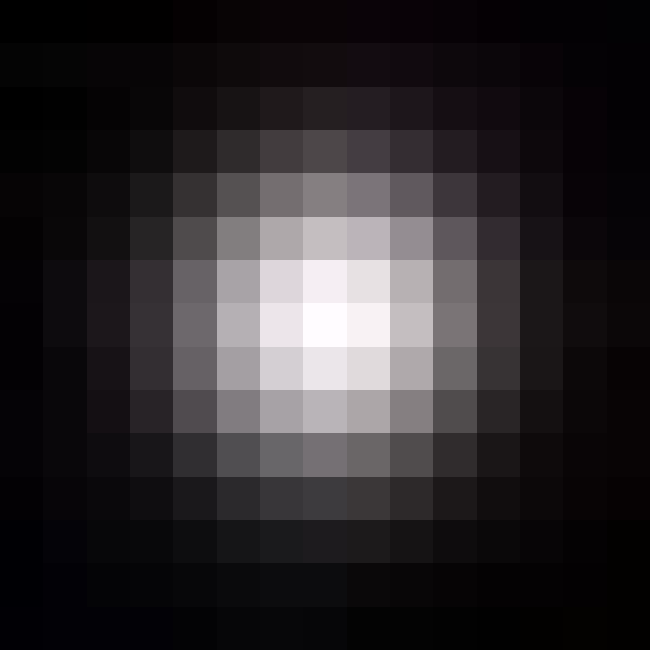
The Blue One (that Isn’t Earth)
For Neptune, all of the same filters were used for imaging Uranus were used for the exposures in this image; the exposure lengths were of course increased to account for the increased distance to the target. Below, again, are RGB components of the image, again aligned, stacked, and tinted in Afterglow.
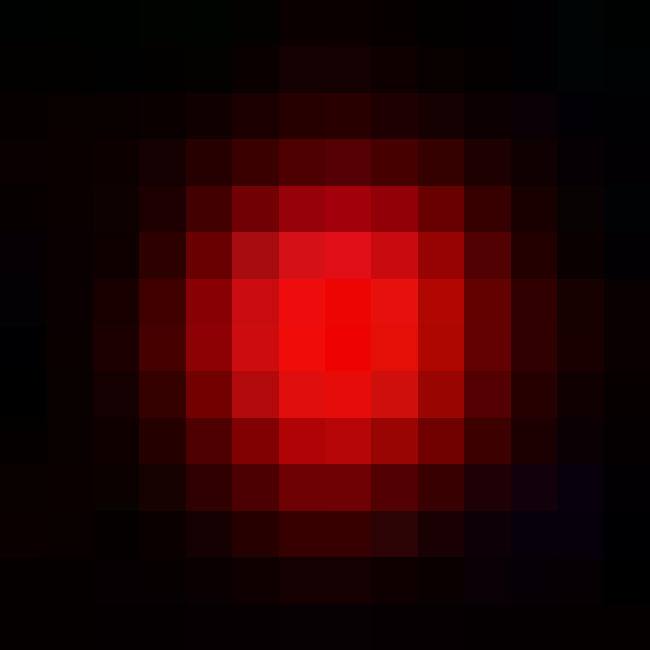
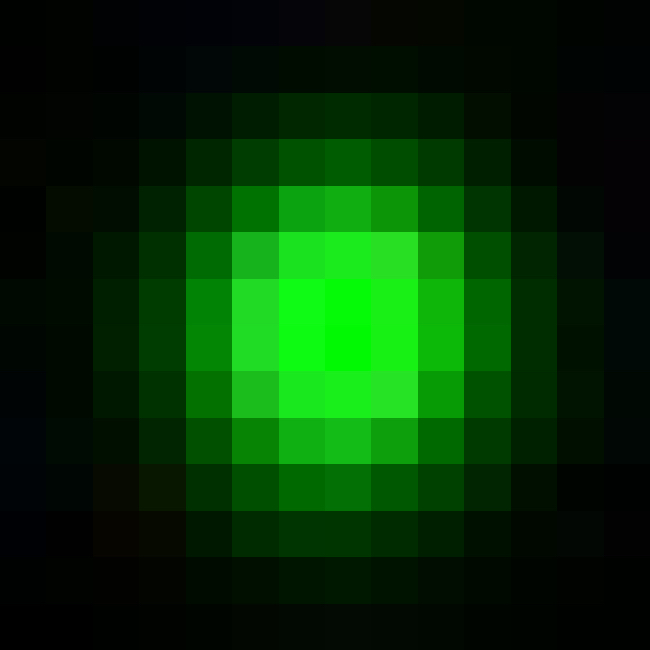

Using the same WCS calibration and exposure adjustment methods mentioned above, the final composite image is produced as seen below. The much more visible blue color in this image, like Uranus, comes from methane ice in the atmosphere.
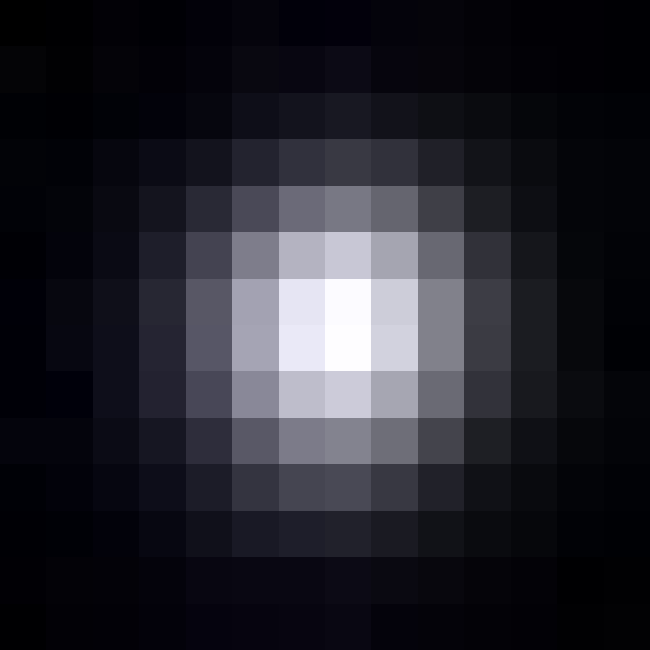
Planetary Moons
In three of the four images composited, planetary moons became visible at certain exposure levels. By using the date and time information embedded in the exposures as well as the sky-mapping desktop software Stellarium, the identities of the moons can be determined. Below are the same images of Jupiter, Uranus, and Neptune as are featured above but re-cropped and overexposed to reveal their moons.
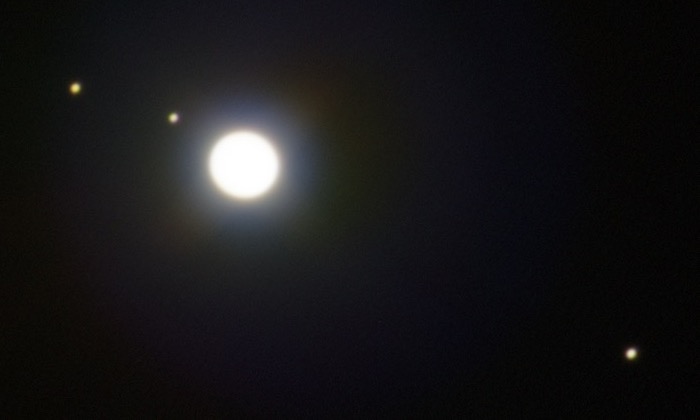
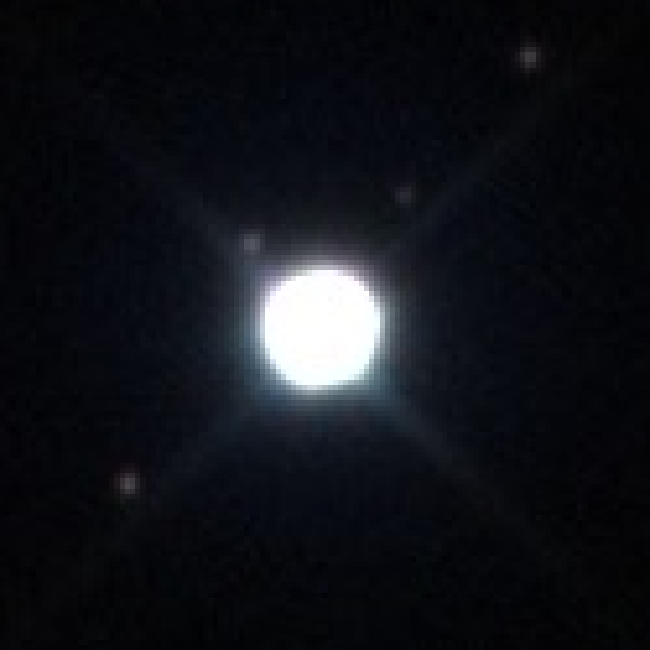
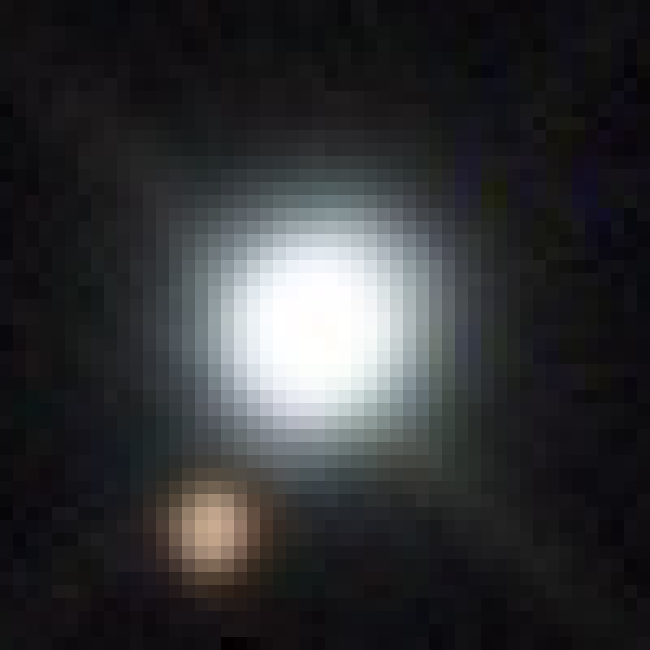
Credits
Thank you to Andreas Buzan for allowing me to edit his images of Mars. Andreas maintains his own blog at tarheels.live/blogandreas/; check it out to see his interpretation of the same images.
As well, thank you to Alyssa Manus for allowing me to edit her images of Jupiter. She also runs her own blog at alyssacmanus.wixsite.com/astrophotography where she has her interpretation of these images.
And as well, thank you to Ruby McGhee for allowing me to edit her images of Uranus. Her blog can be found at tarheels.live/rubymcghee/ with her interpretation of the images
And finally, thank you to Dr. Dan Reichart for allowing me to edit his images of Neptune. He also runs his own Afterglow astrophotography blog at www.danreichart.com/afterglow-astrophotography.
Proudly powered by WordPress